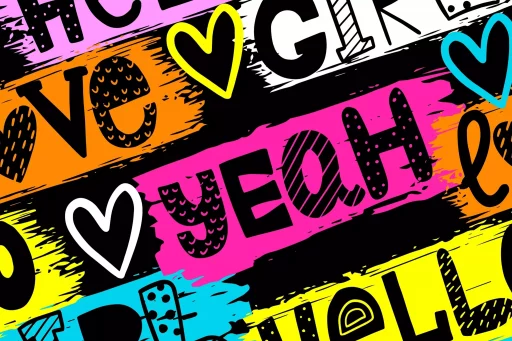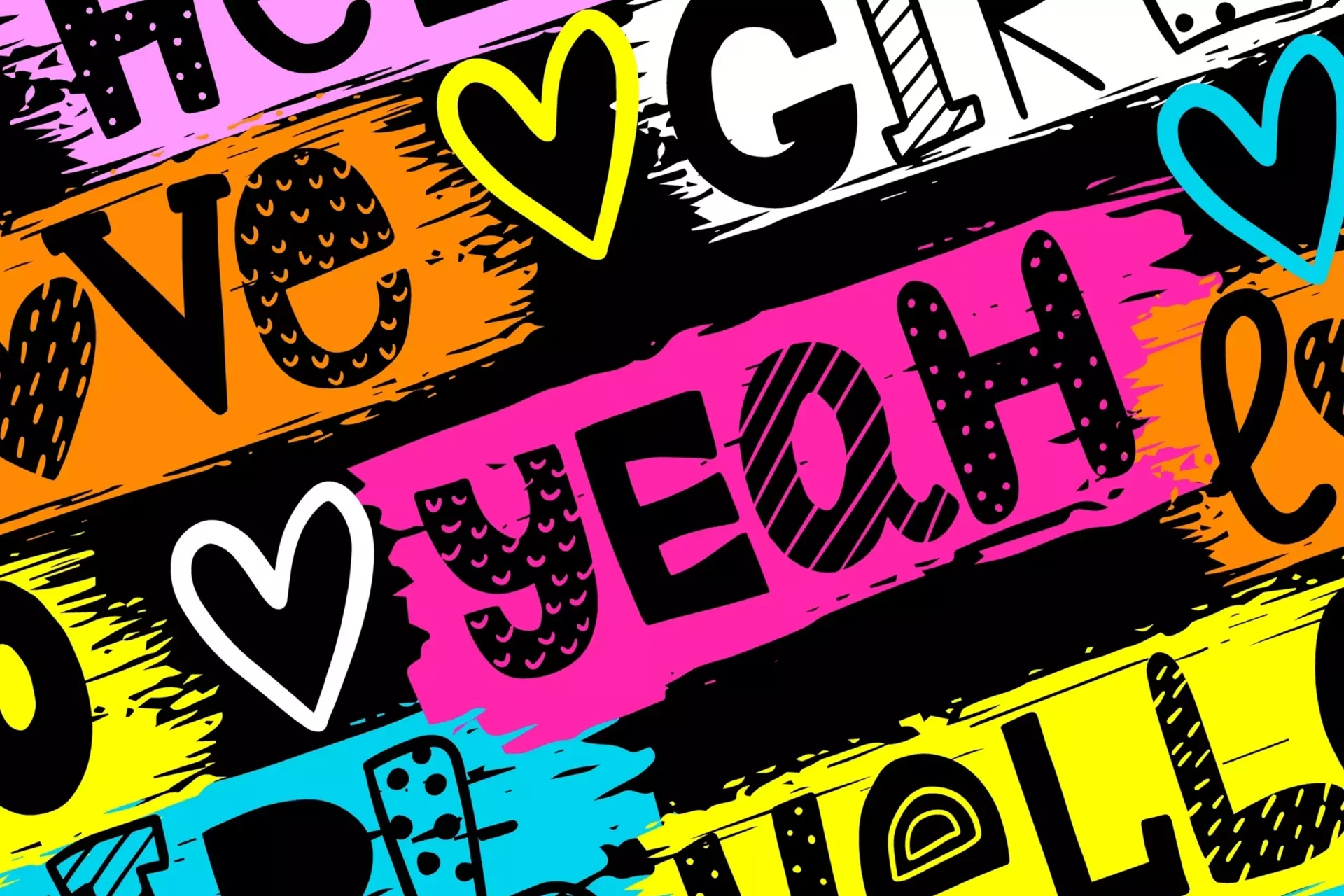Introduction to the Hashtag
In the digital age, symbols and shorthand have become integral to communication. One of the most recognizable symbols is the hashtag (#). Initially used in technology and programming, the hashtag has gained immense popularity in social media, texting, and digital communication. But what exactly does it mean in today’s context; how has it evolved over the years; and what are its implications for communication? Let’s dive deeper.
The Origin of the Hashtag
The hashtag originated on the Internet in 2007, thanks to Chris Messina, who suggested using the pound sign (#) to group Twitter messages. The purpose was simple: to categorize tweets so they could be easily found. Since then, the symbol transformed into a crucial part of social media culture.
Modern Uses of Hashtags
Nowadays, the hashtag serves multiple purposes:
- Categorization: Hashtags group messages on similar subjects, making it easier for users to find content related to specific topics.
- Trending Topics: Hashtags often indicate what’s popular or trending on platforms like Twitter and Instagram.
- Branding: Companies use hashtags to promote products or campaigns, enhancing visibility and engagement.
- Awareness and Movements: Hashtags are central to social movements and awareness campaigns, enabling users to quickly rally support (e.g., #BlackLivesMatter, #MeToo).
How to Use Hashtags Effectively
The effectiveness of hashtags can depend on several factors, including their relevance, creativity, and frequency. Here are tips on using hashtags effectively in texting or social media:
- Keep It Relevant: Always ensure that hashtags relate directly to your content.
- Be Concise: Short, catchy hashtags are more memorable and easier to type.
- Create Unique Hashtags: If you’re promoting an event or campaign, consider crafting a unique hashtag.
- Limit the Number: Using too many hashtags can dilute your message; two to three is often ideal.
Case Study: The 2010 Haiti Earthquake
The hashtag’s ability to rapidly spread information gained significant attention during the 2010 Haiti earthquake. Users utilized #Haiti to share critical information, mobilize relief efforts, and provide real-time updates. This instance illustrated the hashtag’s potential in crises, showing how it can connect individuals globally to support a cause.
Statistics on Hashtag Usage
Statistics reveal the enormous impact of hashtags across social media platforms:
- A study conducted by TrackMaven in 2016 found that posts with at least one hashtag had 12.6% more engagement than those without.
- According to a HubSpot report, tweets with hashtags receive 2x more engagement than those without.
- A 2019 survey revealed that 82% of businesses use hashtags in their social media marketing strategies.
Challenges and Misuses of Hashtags
Despite their popularity, hashtags can be misused or misunderstood. Here are some challenges:
- Overuse: Using too many hashtags can annoy followers and dilute your message.
- Confusion: Poorly chosen hashtags can lead to miscommunication or irrelevant associations.
- Negative Impact: Some hashtags can become associated with negative actions or events, affecting a brand’s image.
Conclusion
The hashtag is more than just a symbol in texting; it’s a powerful tool for categorization, social movements, and marketing. While they hold undeniable value in digital communication, it’s crucial to use them responsibly and effectively. As social media continues to evolve, hashtags will likely adapt, remaining at the forefront of how we connect and engage online.


